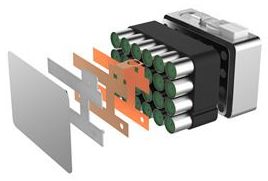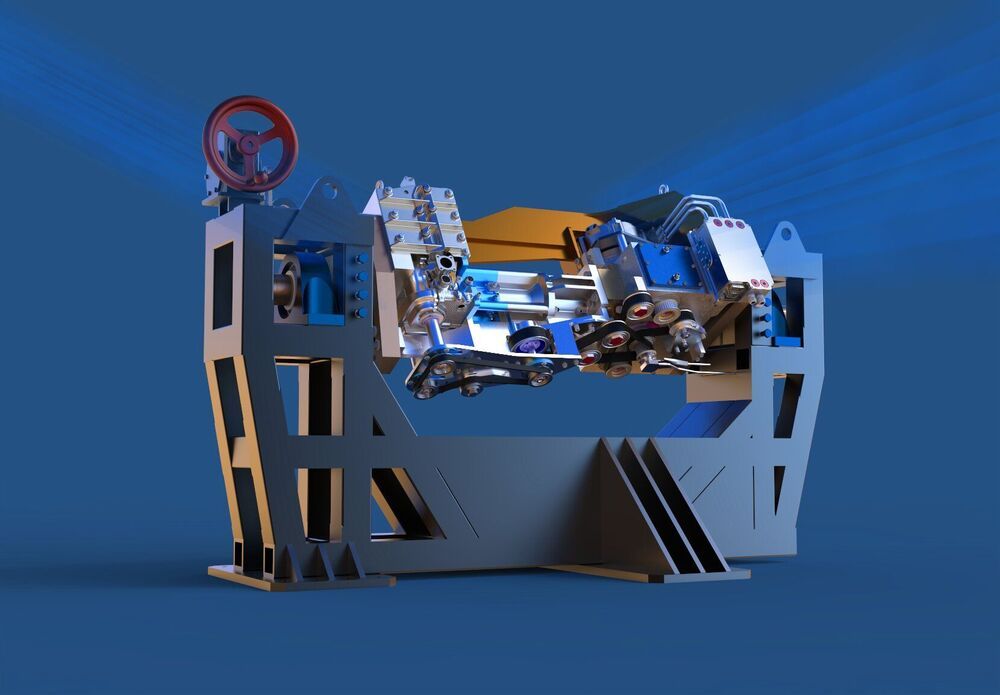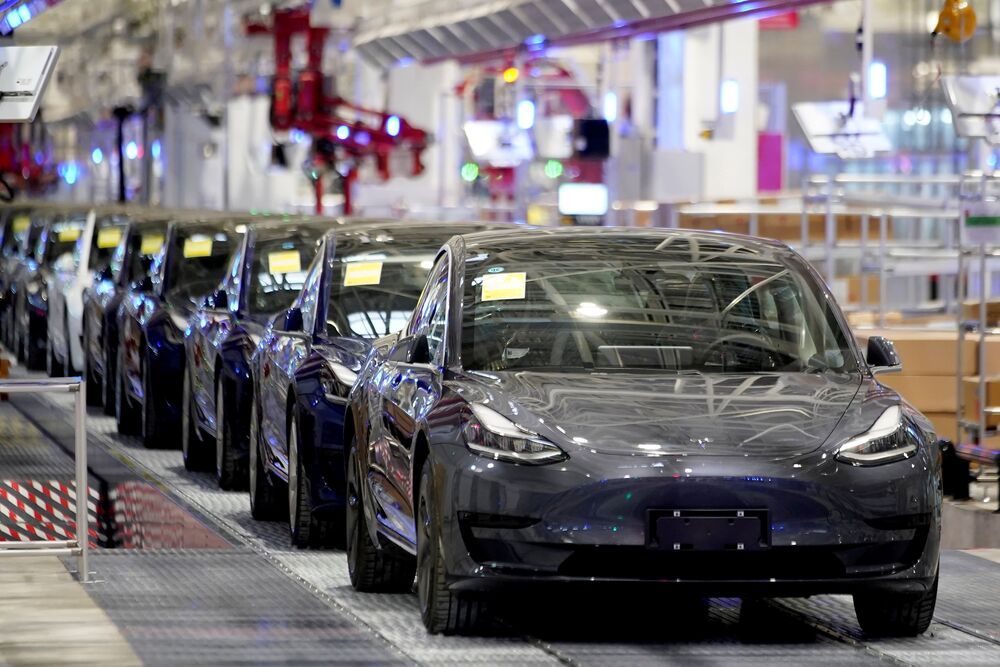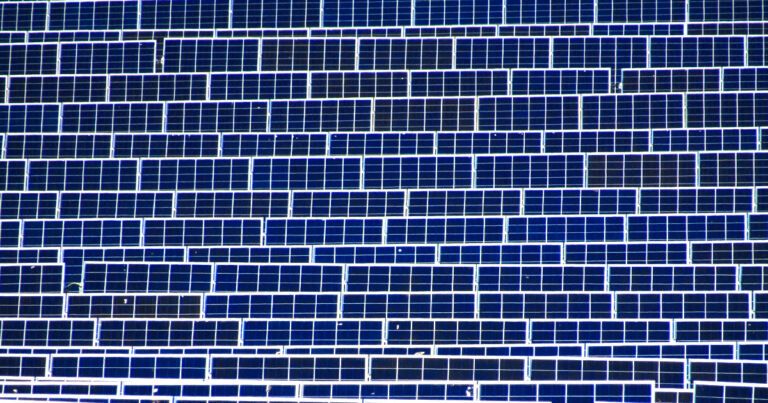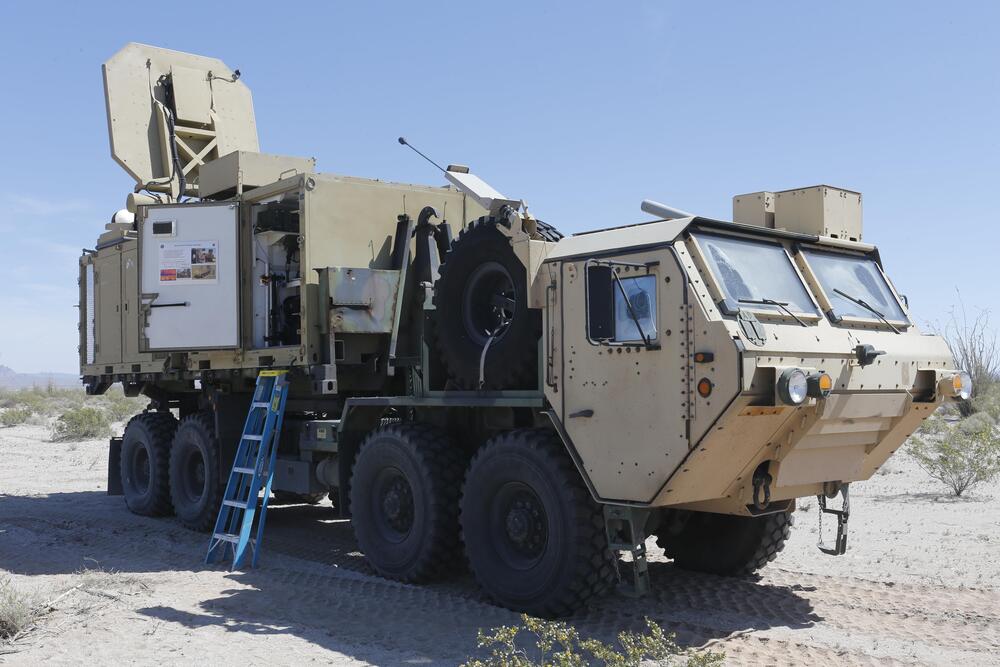There they go again. Just a few months ago the US Department of Energy tapped a startup called Group14 Technologies for a multi-million dollar R&D grant to usher in a new generation of high performance EV batteries, and now here comes Group14 with another $17 million in series B funding spearheaded by the South Korean battery expert SK Materials. If you guessed that means scaling up production for the mass market, you’re right on the money. The bigger question is why the Energy Department is determined to support the US electric vehicle industry, considering that White House policy has been aimed at supporting the US oil industry. Any guesses?

